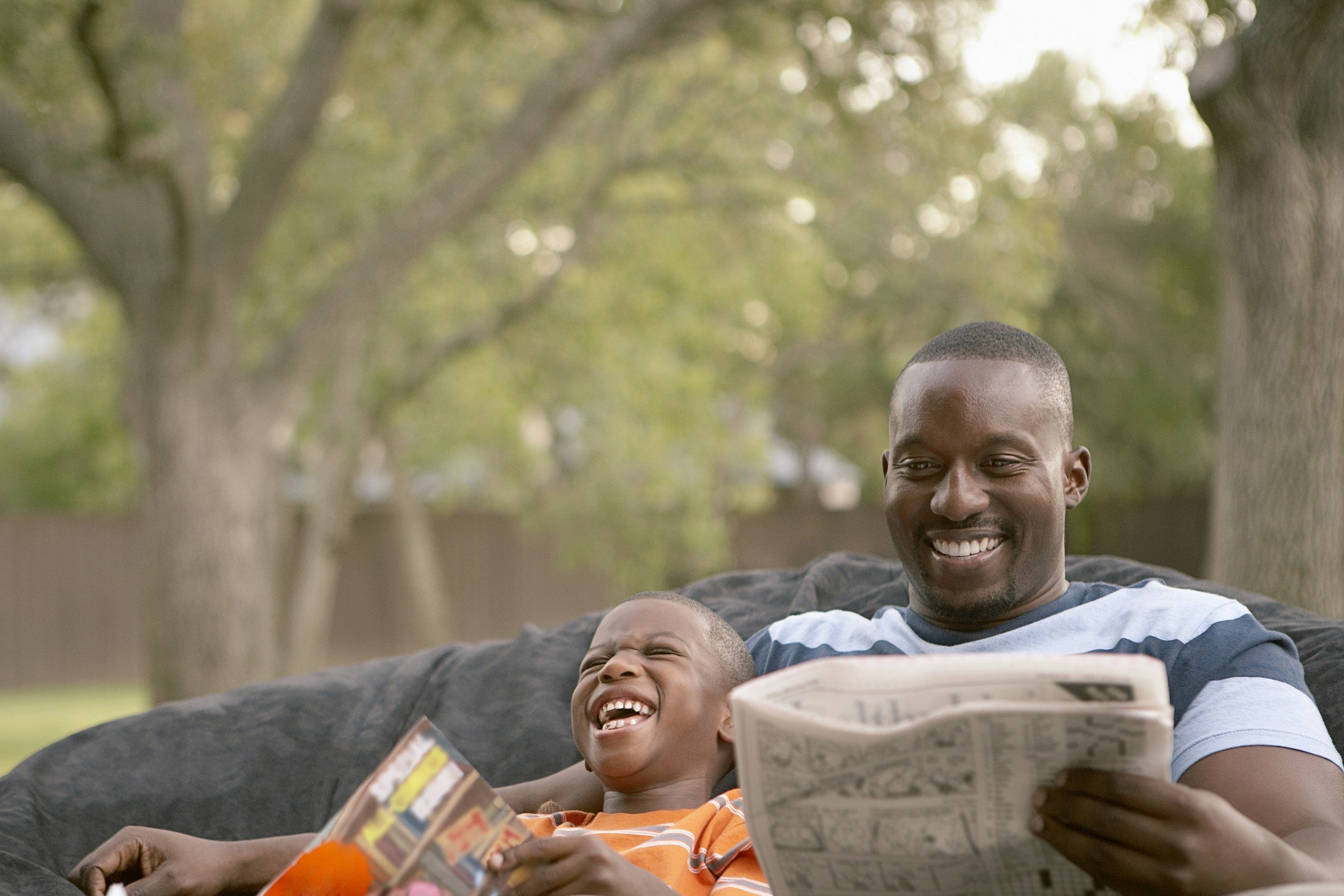One of the greatest differences between discipline and punishment is that discipline helps kids learn about appropriate behavior and helps kids improve their self-control. Punishment does not. There is still much controversy about the most effective way to discipline kids. Although science has attempted to highlight harmful discipline approaches and to provide some clues as to the most appropriate discipline strategies, it is still impossible to conclusively establish how disciplinary methods affect kids over the short- and long-term. What we know, however, is that regardless of the method used, effective discipline methods share similar characteristics. According to the Paediatrics & Child Health journal, effective disciplinary methods have
six common characteristics. The six characteristics of effective disciplinary methods:
1 | Must be given by an adult with an affective bond to the child
Discipline is most effective when it occurs in a warm and loving environment. When we look our kids in the eye or touch them as we explain the consequences of their behavior, they are less likely to view discipline as unfair punishment. Creative an affective bond also means being ready to listen to your kid’s opinion, even when you know that this will not change your final decision. It also means knowing
when and how to negotiate. Speaking in anger can lead to verbal abuse which can be detrimental to kids’ well-being. Being angry at your kid’s behavior is normal, but you can control how you react to that behavior. There is evidence that misbehavior can be reduced if we take kids’ emotions into account, but we have to
learn to manage our own emotions first.
2 | Consistent and close to the behavior needing change
Discipline is about changing specific inappropriate behavior. It loses meaning when we “discipline” kids for everything. Discipline is most effective when it targets specific behavior and is applied consistently only for that behavior. In other words, choosing one or two behaviors and focusing only on those until the desired behavior is achieved is likely to be more effective than trying to deal with everything you perceive as misbehavior. Once the targeted behavior is achieved, you can move on to other inappropriate behaviors. There is also a consensus that discipline is most effective when consequences are applied as soon as the inappropriate behavior is observed.
3 | Perceived as “fair” by the child
When your kid perceives the consequences of his actions as fair, your disciplinary method is more likely to be effective. It is important for kids to be aware of the consequences of their actions beforehand. In other words, kids should know the behavior for which there will always be consequences – hitting, biting, hurting themselves, and hurting others. Much evidence suggests that allowing kids to participate in decision-making
makes it more likely that they will respect the decisions made. Allowing kids to participate in decision-making can help them view consequences for misbehavior as “fair.” For instance, you could say something like, “You know you’re not supposed to ride your bike without your helmet on. What should we do when you ride your bike without your helmet?” Remember not to negotiate once you’ve both come to a decision about the appropriate consequences.
4 | Age-appropriate
The effectiveness of discipline strategies largely depends on your kid’s age. For instance, toddlers under two years of age rarely get verbal reasoning and need to be distracted rather than to be reasoned with. Time-out works best for two- to six-year-olds. Negotiation works better for older kids. It is also important to distinguish between inappropriate behavior – hitting, for example – and “normal behavior,” like when your kid accidentally drops his plate on the floor or spills water on the table.
5 | Temperamentally appropriate
The same discipline strategy can work like magic with one kid and fail miserably with another. Effective discipline techniques are those that are in line with your kid’s personality and your own. Although a
self-quieting space may be more appropriate for some kids, time-out may work best for others.
6 | Lead to self-discipline
The ultimate goal of discipline is not to make kids “act good” when they’re being watched. Effective discipline is about helping kids learn to manage their behavior by themselves. An effective self-discipline strategy helps kids eliminate misbehavior and teaches them to adopt appropriate behavior. Self-discipline can only occur if the five characteristics listed above are respected.



